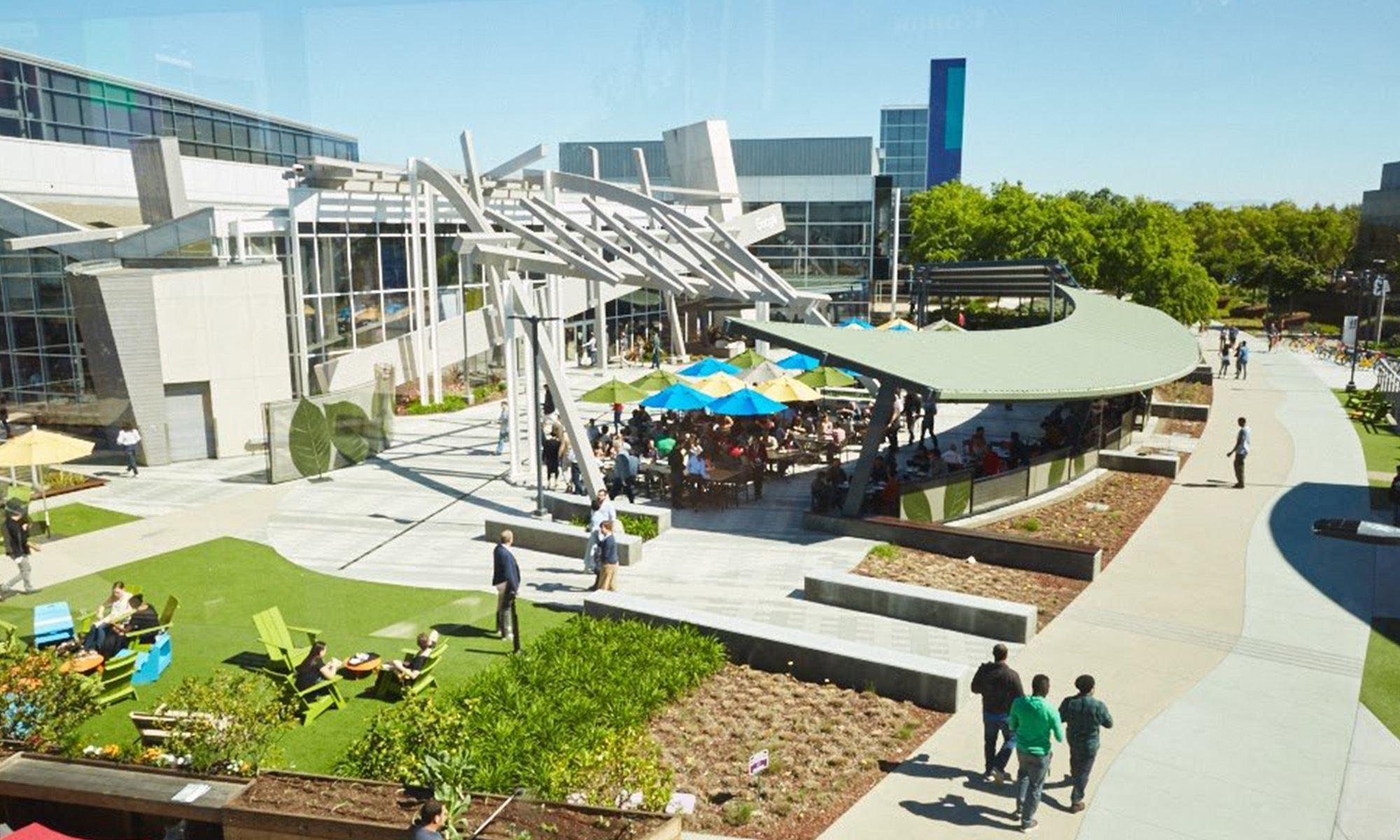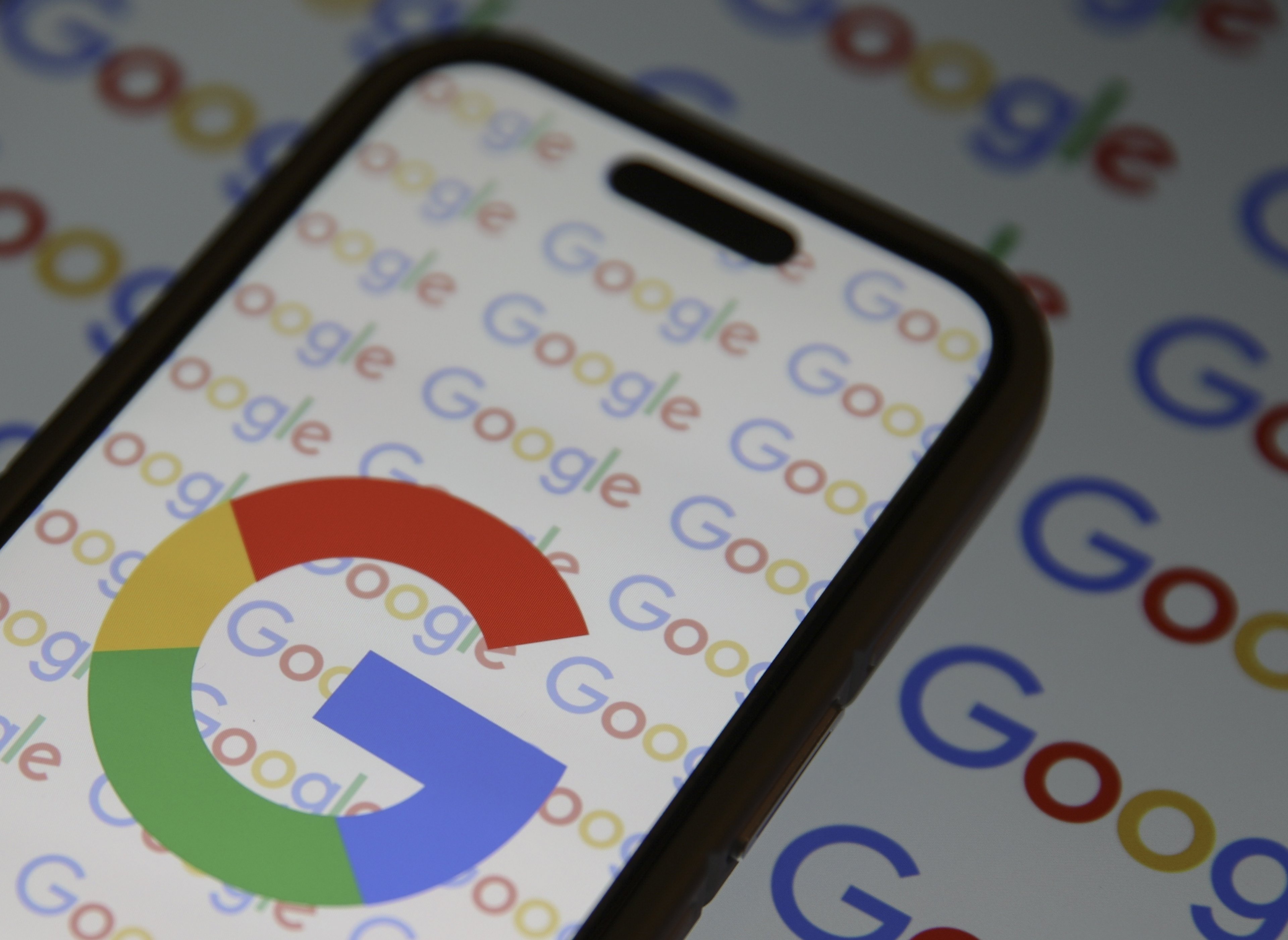India is one of the most exciting emerging markets, but unfortunately for technology companies, the country is among the lowest-ranking in the world in terms of broadband connectivity.
In this clip, Sean O'Reilly and Dylan Lewis discuss how much and where broadband connection is available in the country. Also, our tech analysts look into how companies such as Facebook (FB +1.15%) and Alphabet (GOOGL +0.15%) (GOOG +0.11%) are adapting their strategies to accommodate users with spotty Internet connections.
Listen to the full podcast by clicking here. A full transcript follows the video.
This podcast was recorded on Jan. 22, 2016.
Sean O'Reilly: So we talked about the payments. Talk to me about the Internet connectivity, because we actually have a contractor who I work with on a regular basis, and she's in Kolkata, and she's had connectivity problems from time to time. It's awesome, and she can work for the Fool and all this stuff and whatever, but I mean, it's not been flawless.
Dylan Lewis: Yeah. As you might imagine, it's somewhere that Internet access, broadband is still developing in a lot of ways. I know this is something you might be a little bit more familiar with -- can you ...
O'Reilly: Yeah. So, fortunately, the U.N. Broadband Commission, part of the United Nations -- I did not know until today that sort of thing existed -- last year released a "State of Broadband" report. Basically, it just ranked the world in terms of connectivity for broadband connections. It's something we enjoy here at HQ. I can be editing and listening to music, it's all awesome. Basically, the bottom line of the report said that 57% of the world's people remain offline -- that's disappointing -- and unable to take advantage of the enormous economic and social benefits the Internet can offer. And that's somewhat sobering, because, was it last week, we talked about Netflix? Was it two weeks ago? A hundred ninety countries.
Lewis: That was two weeks ago. No, it was, that was our CES coverage.
O'Reilly: They're in 190 countries, but 57% of the world's people in these countries can't use Netflix. So that's a problem. Anyway. India, unfortunately, ranked No. 131 out of 189 countries on the fixed broadband subscriptions in 2014, and that's actually down from being ranked No. 125 in 2013. That's ... kind of disappointing.
Lewis: Yeah.
O'Reilly: I mean, you've got cable ... that's a big country, obviously. Yeah, so, this lends itself to the idea, I'm sure you've heard Mark Zuckerberg's plans to get everybody in India cell phone service, and that actually seems to be a little bit more viable, at this point.
Lewis: Yeah, the Internet.org initiative for all of its net neutrality, opposition, and some of the regulatory issues they're running into with that, seems to be a relatively well-intentioned idea. And you can see that there's such a huge addressable group of people that that would be aimed at, and who would hopefully benefit. But it's obvious that there are major broadband infrastructure upgrades that need to happen for India to enjoy the same type of connectivity that we do here.
O'Reilly: Yeah. And I don't know what it costs to get everybody in the United States broadband, but everybody here doesn't have broadband. I mean, we're in the nation's capital, so of course, it's easier for us. But it's mostly cable connections. But I don't know, hundreds of billions of dollars, a trillion dollars, something to get us to where we are here.
Lewis: In the U.S., what most people are probably on is 3G or 4G.
O'Reilly: Yes. And this, of course, led me to wonder what the deal was over in India, because obviously, Zuckerberg thinks that cell phones are the best option and all that. Most of the country is on 2G and 3G, and I looked at the map -- I actually went over to opensignal.com, and they have a convenient India cell coverage map, anybody can go check this out.
Lewis: That's nice.
O'Reilly: And you have ... any of the providers here that actually have coverage maps, you go into the Verizon store and they have the little dotted map, and everything red has signal and everything. It looked pretty similar to a map here over in India for 2G and 3G. Pretty much anywhere that isn't ridiculously rural, like, anything close to a city or a decent population center, you would have 2G or 3G, you would be fine. The major cities, about 20 to 25 of them, were the only places that had 4G coverage, and that was a little bit disappointing. That includes cities like New Delhi, Kolkata, Hyderabad, Mumbai. And there's no 4G coverage outside of these major cities. There's about 20 to 25 of them by my count, I just ball-parked it. But they need a few more towers, I think [laughs].
Lewis: So the big issues with these types of connectivity problems is, A, there's people that aren't connected at all, and B, there are people who are connected but aren't on networks that would support streaming.
O'Reilly: Exactly.
Lewis: Or it would make streaming prohibitively expensive, if they were on, like, a per-megabyte-type plan.
O'Reilly: Right. And that's a problem for Netflix in particular, because they do the streaming. Not as much a problem for Facebook. We're used to video ads and everything, but really, Facebook is just reading and looking at people's photos and stuff. So not as bad as Netflix.
Lewis: Yeah. And I think there are two distinct, different ways to attack this issue, and two tech companies who've done it differently, and I kind of like both of them here. Kind of similar to what you're saying with Facebook -- one of the things they did was roll out Facebook Lite.
O'Reilly: Was it what I had in college? Is that what it is? [laughs]
Lewis: Well, probably. It's probably similar to that. But it's for mobile users, and basically, it's a stripped-down version of the app that requires far less --
O'Reilly: It's lower calories.
Lewis: Yes [laughs]. And it tastes great. Basically, it's for low-bandwidth connections. I think as of their most recent conference call, they have 50 million people on that.
O'Reilly: Wow.
Lewis: So it's definitely gaining traction, and it's a nice way to get your platform out there without being so expensive and having it be so onerous for people to try to access. The other way that you can get around some of the connectivity issues is let people get content when they have strong connections. This is something that YouTube has done very well. YouTube is extremely popular in India. Since maybe 2007 or so, it's been there.
O'Reilly: Is it the same business model there? Ad-based?
Lewis: Yeah. So, Google introduced offline video playback in India, among several other markets; I think the Philippines, maybe Indonesia, too. The idea is, you can access content that you want to watch when you have it, and download it so it's offline.
O'Reilly: Does this require a big hard drive or anything like that?
Lewis: It depends on the file size, but for the most part, this is all mobile-oriented.
O'Reilly: OK, so it's doable on phones.
Lewis: Yes. So you then have it for 48 hours to access. So, say you're in a city center where you have fantastic coverage, you can -- whether it's music videos or TV shows or something like that that's available there -- you can have it so it's offline, just click the button that you need to and then watch it when you're back home. So that's one way they've been able to --
O'Reilly: That would totally work, because I've got 20 or 30 one-minute videos of my kid running around doing crazy things. Theoretically, I could have ten YouTube videos I downloaded today and queue them and everything. So yeah, that's not too crazy at all. Cool.








